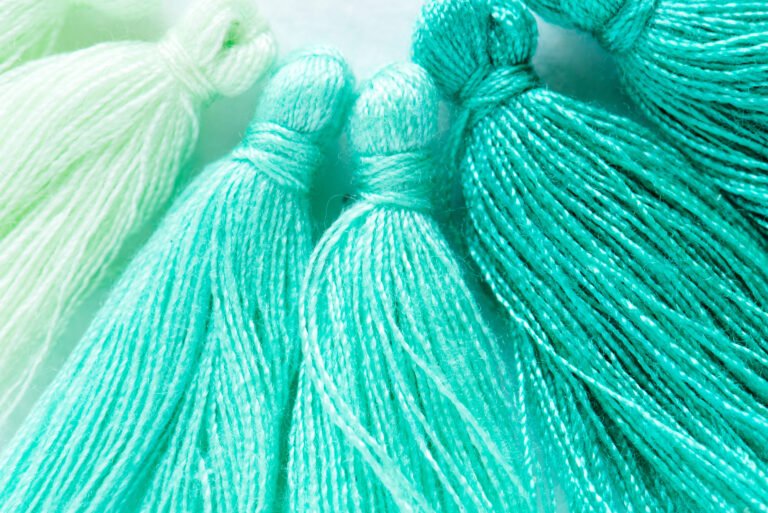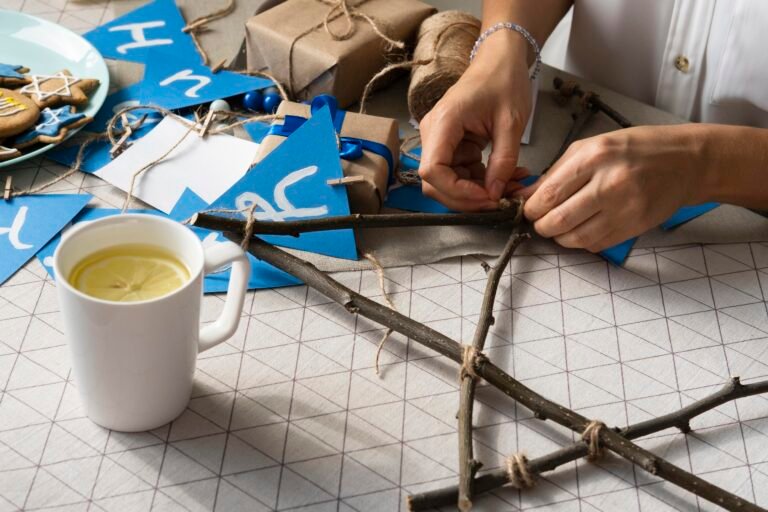Explore the Top Sustainable Fashion Trends of 2024
Embrace the future of Sustainable fashion trends. Its a perfect Blog post for the researchers who are finding some trends in Sustainable fashion.

Sustainable Fashion Trends: The Future of Eco-Friendly Style
As the world battles environmental conservation, sustainable fashion trends are emerging for the style and environmental conscious consumer. As we are increasingly controlling our consumption in terms of clothing, it is also important to pay attention to the sustainable fashion trends 2024 that are redrawing the scope of the industry. Starting with new materials and ending with ethical slavery, this paper addresses sustainability fashion developments, its advantages and how to practice sustainability fashion.
Understanding Sustainable Fashion
Sustainable fashion is not a passing trend, it’s a movement seeking to mitigate the negative consequences of the fashion industry. At the heart of the concept of sustainable fashion, comes the need to promote the eco-friendliness of the entire clothing production design and consumption process. This is not only about the choice of materials but also taking into account the ethical treatment of workers and the energy consumption of the production process.
Key Sustainable Fashion Trends Transforming the Industry
1. Green Fabrics And Textiles
With the increased adoption of sustainable fashion trends, one of the most notable changes is the increase in the utilization of sustainable materials such as organic cotton, bamboo, and recycled polyester. These materials are comparatively more eco-friendly as they do not require as many pesticides and chemicals, and conserve more water than the traditional fabrics.
Organic cotton: Whereas traditional cotton farming employs practices that are harmful to the environment, including the use of harmful chemicals, organic cotton growing promotes natural means of cultivation which are also less harmful to the soil.
Recycled Polyester: Made from plastic waste, recycled polyester is an energy-efficient alternative to traditional polyester, helping to reduce waste and pollution.
Bamboo and Hemp: These fast-growing plants require minimal water and pesticides, making them ideal for sustainable fabric production.

2. Circular Fashion Economy
The purpose of a circular economy is to eradicate waste generation by establishing a system that allows for the complete reuse, recycling, or regeneration of all products. Many companies are incorporating this practice by manufacturing garments that can be recycled or repurposed at the end of the lifespan of the product. In addition, circular fashion promotes the practice of second-hand shopping, upcycling, and the renting of clothes, as more sustainable practices.
Resale Platforms: Websites like Depop and ThredUp make it easy to buy and sell second-hand clothing, giving garments a new life.

Upcycling: Fashion brands are taking previously discarded materials and transforming them into new products
Clothing Rentals: Companies like Rent the Runway offer temporary ownership, reducing waste by allowing consumers to wear high-quality pieces without the commitment of ownership.
3. Ethical and Fair Trade Practices
Sustainable fashion cannot be achieved without the ethical aspect of it. This means safe working environments, living wages, and clear accountability in the value chain. Ethical brands hold such credentials as Fair Trade and B Corps, indicating commitment to social justice and environmental performance.
Fair Trade Certification: This label guarantees that workers are paid fairly and work under safe conditions, protecting them from exploitation.
Transparent Supply Chains: Sustainable brands provide detailed information on where and how their products are made, allowing consumers to make informed choices.
4. Zero-Waste Fashion

The concept of zero-waste fashion is to avoid production of waste in all means in all shapes of production. As a result, designers are embracing new techniques like zero waste pattern making or digital fabric printing in order to reduce fabric waste.ch credentials as Fair Trade and B Corps, indicating commitment to social justice and environmental performance.
Zero-Waste Pattern Making: This technique uses every inch of fabric, leaving no scraps behind.
Digital Printing: By using digital printing, manufacturers save water and reduce dye wastage, making the process far more eco-friendly than traditional methods.
5. Slow Fashion Movement

In contrast to the ‘buy more, pay less’ ideology, slow fashion aims at better consumption. […] Thus opposing the fast-fashion trends, the concept of slow fashion favors massive and timeless quality fashion products.
Quality Over Quantity: Slow fashion encourages investing in pieces that will last, reducing the frequency of purchases.
Timeless Styles: Rather than chasing trends, slow fashion focuses on versatile designs that can be worn for years.
The Benefits of Embracing Sustainable Fashion Trends
1. Environmental Impact Reduction

Sustainable fashion consumption reduces carbon footprint and pollution the most compared to other forms of fashion. Implementing USE of eco-friendly materials and waste minimizing measures significantly cuts down the adverse environmental nature of making attires.
2. Improved Health and Safety for Workers
Thanks to the changes that come with advocating for green policies, many sustainable fashion brands have found ways to give back to the community, such as forming cooperatives and thereby guaranteeing welfare to the workers through safer working environment and fair pay. Hence, this approach of producing green products is more appealing to the clients as they are assured of the very minimal negative effects of the purchase on the environment and the society.
3. Higher Quality and Longer Lasting Products
Environmental friendly companies often emphasize on producing better quality clothes which do not require frequent replacements. Such measures affords consumers with cost advantages and also reduces the overall effect on the environment.
4. Better Consumer Awareness
Sustainable fashion trends has a positive impact on the ethical and environmental practices of the consumer by elevating the level of barriers that come to purchasing. Such tipping points further enhance the need to seek out more sustainable alternatives and the practices in the industry.
How to Embrace Sustainable Fashion in Daily Life
1. Buy Less, Choose Wisely

The most eco-friendly clothing is the one that is already in your closet. Do not buy more clothes than necessary and purchase only what you need and wear the best quality. Choose brands which you believe in and focus on the environment and social justice. To keep sustainable fashion trends 2024 more trendy its is necessary to maintain a proper balance in buying and choosing.
2. Support Ethical and Transparent Brands
In this day and age it is common for many brands to share every detail regarding their sourcing, production and labor practices. In purchasing these brands, consumers are in a way promoting the ethical fashion movement and making progress for responsible production practices.
3. Recycle and Donate Clothing

Instead of discarding unwanted clothing, consider recycling, donating, or selling items. Many organizations and retailers now offer programs to take back used clothing, which they recycle or resell. This reduces textile waste and helps the circular fashion economy thrive.
4. Learn About Sustainable Fabrics
Inculcating knowledge about sustainable materials plays a pivotal role towards being able to make environmentally friendly decisions. Try to look for such materials as organic cotton, Tencel, hemp, and recycled polyester that do not have a lot of negative impact on the environment as these traditional materials do.
5. Participate in Clothing Swaps and Rentals
Clothing swaps and rentals are excellent ways to refresh your wardrobe without contributing to waste. Look for local clothing swap events or try rental services to enjoy new styles without a long-term commitment.
Conclusion
It is no doubt that the dramatic rise of eco-friendly style trends is a turning point in this industry. Environmentally conscious activities can range from using compounds from nature like cotton and etc. to supporting and having fair wages for workers. A combination of these growing trends is already showing that there is no need to sacrifice the environment in order to be fashionable.
Sustainable fashion is also a bridge in the integration of style and ecology by promoting principles of conscientious consumption, changes in technics of producing clothes and abandoning the rapid fashion trends. Sustainability in every aspect of the fashion cycle is achievable as all spheres including the people’s and brands’ sphere are interconnected and coordinated behind a cause: respect for Mother Nature.
